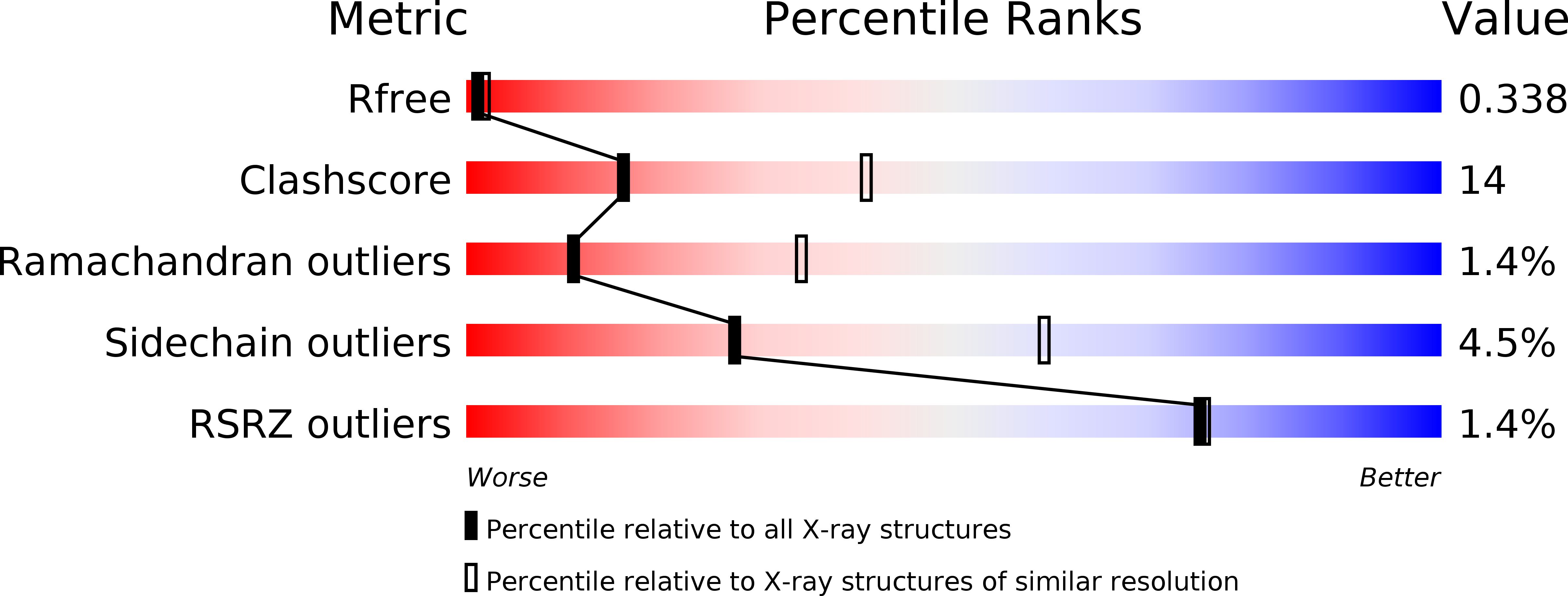
Deposition Date
2012-12-10
Release Date
2013-03-27
Last Version Date
2024-10-16
Entry Detail
PDB ID:
4ICG
Keywords:
Title:
N-terminal dimerization domain of H-NS in complex with Hha (Salmonella Typhimurium)
Biological Source:
Source Organism:
Host Organism:
Method Details:
Experimental Method:
Resolution:
2.92 Å
R-Value Free:
0.33
R-Value Work:
0.27
R-Value Observed:
0.28
Space Group:
P 21 21 2


